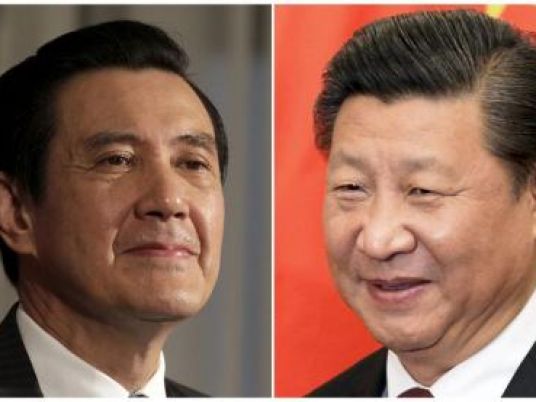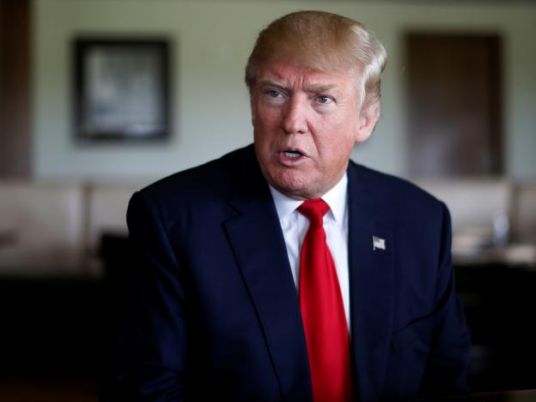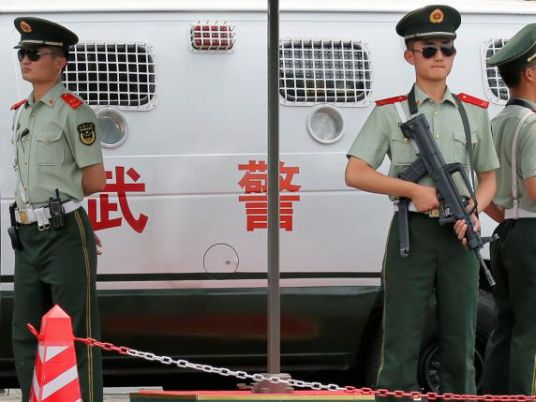
When presidents Ma Ying-jeou and Xi Jinping shake hands on Saturday it will be a gesture of solidarity once unthinkable for the two sides, locked in hostility for decades over their very identity and right to exist.
The schism has been unbridgeable since Taiwan split from the mainland after a civil war in 1949, which saw Nationalist leader Chiang Kai-shek flee to the island after defeat by Mao Zedong's Communist forces.
It set the stage for a technical state of war as Taiwan evolved into a self-ruling democracy, while China still sees it as part of its territory awaiting reunification, by force if necessary.
While it is unclear what will come out of the meeting, it is symbolic of a dramatic rapprochement under Ma that has paved the way for the two leaders to be in the same room together — a seismic shift in relations.
Following is a brief history of the journey to the Ma-Xi summit.
Taiwan, formerly known as Formosa, is an island off the southeast coast of China between the East and South China Seas. Chinese immigration began in the 17th century and the island came under mainland control after a period of Dutch rule from 1620-62. Taiwan was also occupied by Japan from 1895-1945.
In 1949, about two million supporters of the KMT led by Chiang Kai-shek fled to Taiwan to establish a separate government after losing a civil war to Mao Zedong's communists.
Beijing and Taipei were frozen in enmity as each insisted on recognition as the only representative of China.
As Chinese clout grew, more countries began to recognize Beijing as China's seat of power — Taiwan lost its United Nations seat to China in 1971 and is now only formally recognized by 22 states.
After Chiang died in 1975 his son Chiang Ching-kuo took the reins, lifting martial law in 1987.
Chiang's deputy Lee Teng-hui succeeded him in 1988 and the first signs of a possible thaw with China began to show.
In 1991, Lee declared the end of 43 years of emergency rule, unilaterally ending a state of war with China.
Two years later, the first direct talks between the two sides were held in Singapore between quasi-official envoys.
But relations soured once more in 1995 when Lee visited the US, prompting Beijing to suspend the high-level talks in protest.
Lee stressed the island's statehood, which riled China.
In 1996 the United States sent in the Seventh Fleet after Beijing fired test missiles into the Taiwan Strait in a bid to stop voters electing Lee in the island's first ever democratic elections — he won by a landslide.
Washington is Taiwan's key ally and the island's leading arms supplier, despite switching diplomatic recognition from Taipei to Beijing in 1979.
Closer ties
Ties with China were further strained in 2000, when Chen Shui-bian of the pro-independence Democratic Progressive Party (DPP) was elected president in Taiwan, ending the KMT's 51-year grip on power.
But despite political turbulence, the two became economically closer with improved trade links.
A corruption scandal played a major role in Chen's defeat in 2008, paving the way for Ma, who promised prosperity through closer ties.
Relations have improved dramatically since Ma took office, as the two sides held direct talks in Beijing, which led to regular direct flights and a tourism boom.
The Economic Cooperation Framework Agreement was signed in 2010 to reduce commercial barriers and in February last year the first government-to-government talks took place in Nanjing.
However, public sentiment in Taiwan has turned against the KMT with concerns over Chinese influence a major factor.
In spring 2014, 200 students occupied parliament for more than three weeks to demonstrate against a controversial trade pact in what became known as the Sunflower Movement.
The KMT suffered its worst-ever local election defeat in November last year and the DPP looks set to be voted in at presidential elections in January.
Friday's summit is seen as a move to emphasise how far relations have come under Ma and promote the "one China" principle as Taiwan looks likely to imminently vote in a far less Beijing-friendly leader.



